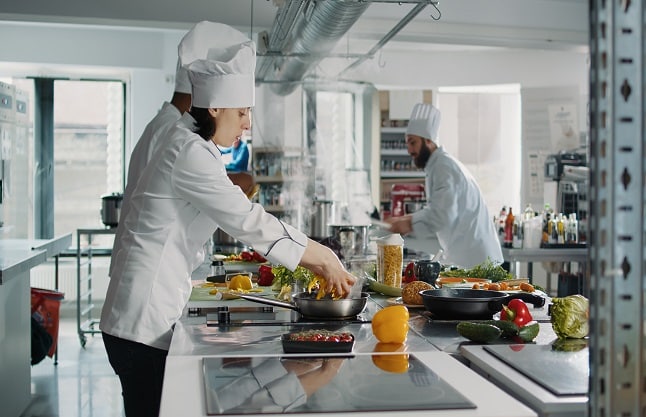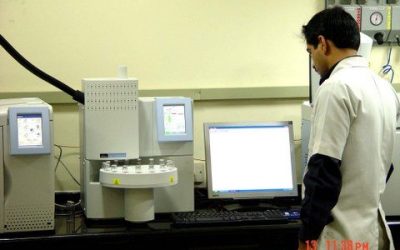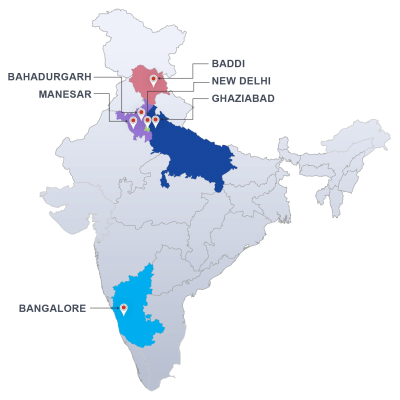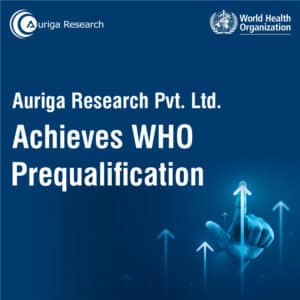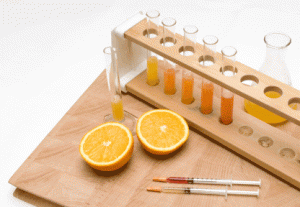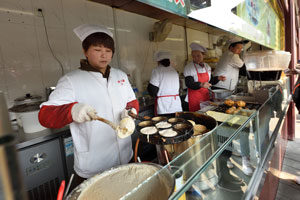
World Health Organization estimates that 600 million people worldwide suffer from consumption of contaminated food, of which 420,000 die. This includes approximately 125,000 children in the under-5 years’ age-group (WHO, 2015). Five-year data (2011-2016) from the National Centre for Disease Control (NCDC) has shown that food-borne outbreaks along with acute diarrheal diseases account for almost half of all reported outbreaks under the Integrated Disease Surveillance Programme (IDSP) (NCDC, 2017).
Common Foodborne Pathogens
The most common bacteria responsible for food-borne diseases include Escherichia coli, Salmonella, and Campylobacter, which can cause serious complications, including death. Most of the symptoms are gastrointestinal, such as diarrhea and vomiting, but other symptoms like fever can also occur. Vibrio cholerae causes cholera, which spreads through contaminated water or food. The major symptom is acute watery diarrhea, often termed as “rice water stool” because of its resemblance to rice water. This leads to severe dehydration and death if not treated promptly.
There are a number of parasites that are spread through contaminated food and water. These include Echinococcus spp., Ascaris, Cryptosporidium, Entamoeba histolytica, and Giardia. Most of these infections cause gastric problems.
What Happens if These Pathogens Infect You?
These pathogens can cause serious food poisoning, which can manifest itself in the form of severe stomach aches, profuse diarrhea with vomiting, fever, cramps, and even passing blood in the stool. People with a weakened immune system are particularly susceptible. Even healthy people are not spared.
Scientific studies have shown that many infectious diseases, including some diarrheal diseases, exhibit a seasonal variation (Altizer et al., 2006). The immunity tends to be weakened especially in damp and humid weather conditions, making people more susceptible to infections (Paynter et al., 2015). Therefore, it is very important to be extra careful about what we eat.
Eating at the Roadside: Which Foods Could Cause Gastric Problems?
The best option is to avoid street food altogether. However, if you cannot resist eating at the roadside, you should be very careful. Various types of snacks containing mashed potatoes might be kept in the open for a long time, which can encourage bacterial growth. One of the most common snacks in this category is samosas. Other snacks like pakoras can also cause gastric problems, particularly if they are not made from fresh ingredients. Other favorites like chole bhature are susceptible to fungal contamination, particularly in humid conditions.
Most types of street foods are generally prepared in the open. There is a chance of contamination of the food with dirty water. It is very common to see street-food stalls located near open drains. So there is a high chance of contamination with drain water containing fecal matter, in which diarrhea-causing coliform bacteria can be present. Moreover, the water used for preparing street food favorites like golgappas is likely to be contaminated, and there is a chance of contracting water-borne diseases like cholera and typhoid in this way. Also, street vendors selling fruit juice should not be consumed as they are generally prepared outside and served later on, thereby leading to contamination by infectious pathogens. Other utensils like serving-glasses are usually not clean.
What About Drinking Water?
It should be noted that the drinking water supplied by street-food vendors can be heavily contaminated with microbes. Moreover, drinking water can also be contaminated with chemicals, which leach into the underground water deposits. Therefore, water from roadside food vendors should not be consumed at all.
How Can We Help?
Arbro Pharmaceuticals Pvt. Ltd. has NABL accredited and FSSAI approved laboratories with state-of-the-art instruments as well as highly trained technicians. Components of food samples, including microbes present in street-food, are regularly tested with utmost precision. If you would like to use our testing services, please feel free to contact us through the contact form or call us now on +91-11-45754575. We will be happy to provide you with a proposal for the estimation of the chemical composition of your food samples.
References
- World Health Organization. WHO’s first ever global estimates of foodborne diseases find children under 5 accounts for almost one-third of deaths. WHO, Geneva, 3 December 2015. Available at: http://www.who.int/mediacentre/news/releases/2015/foodborne-disease-estimates/en/
- National Centre for Disease Control, Directorate General of Health Services, Government of India. Food-borne disease and food safety in India. CD Alert. March 2017. Available at: http://www.ncdc.gov.in/writereaddata/linkimages/cdalert03175347761127.pdf
- Altizer S, Dobson A, Hosseini P, Hudson P, Pascual M, Rohani P. Seasonality and dynamics of infectious diseases. Ecology Letters 2006; 9 (4): 467-484.
- Paynter S, Ware RS, Sly PD, Williams G, Weinstein P. Seasonal immune modulation in humans: observed patterns and potential environmental drivers. Journal of Infection 2015; 70(1): 1-10.

